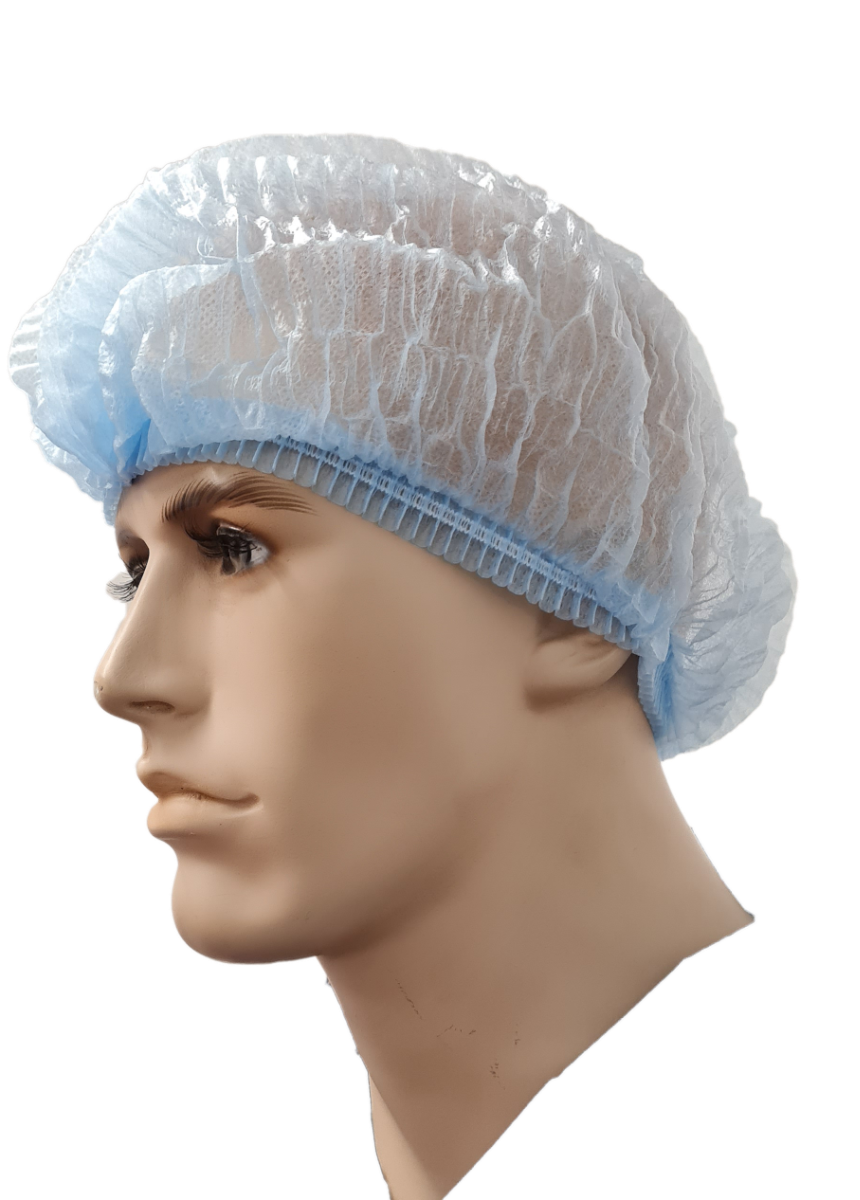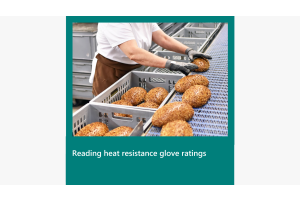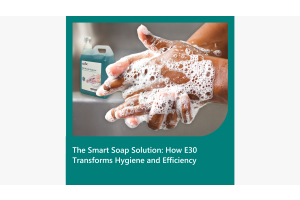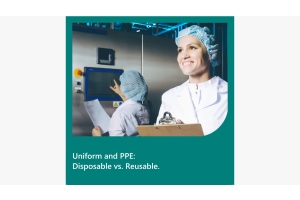Food Processing Hairnets
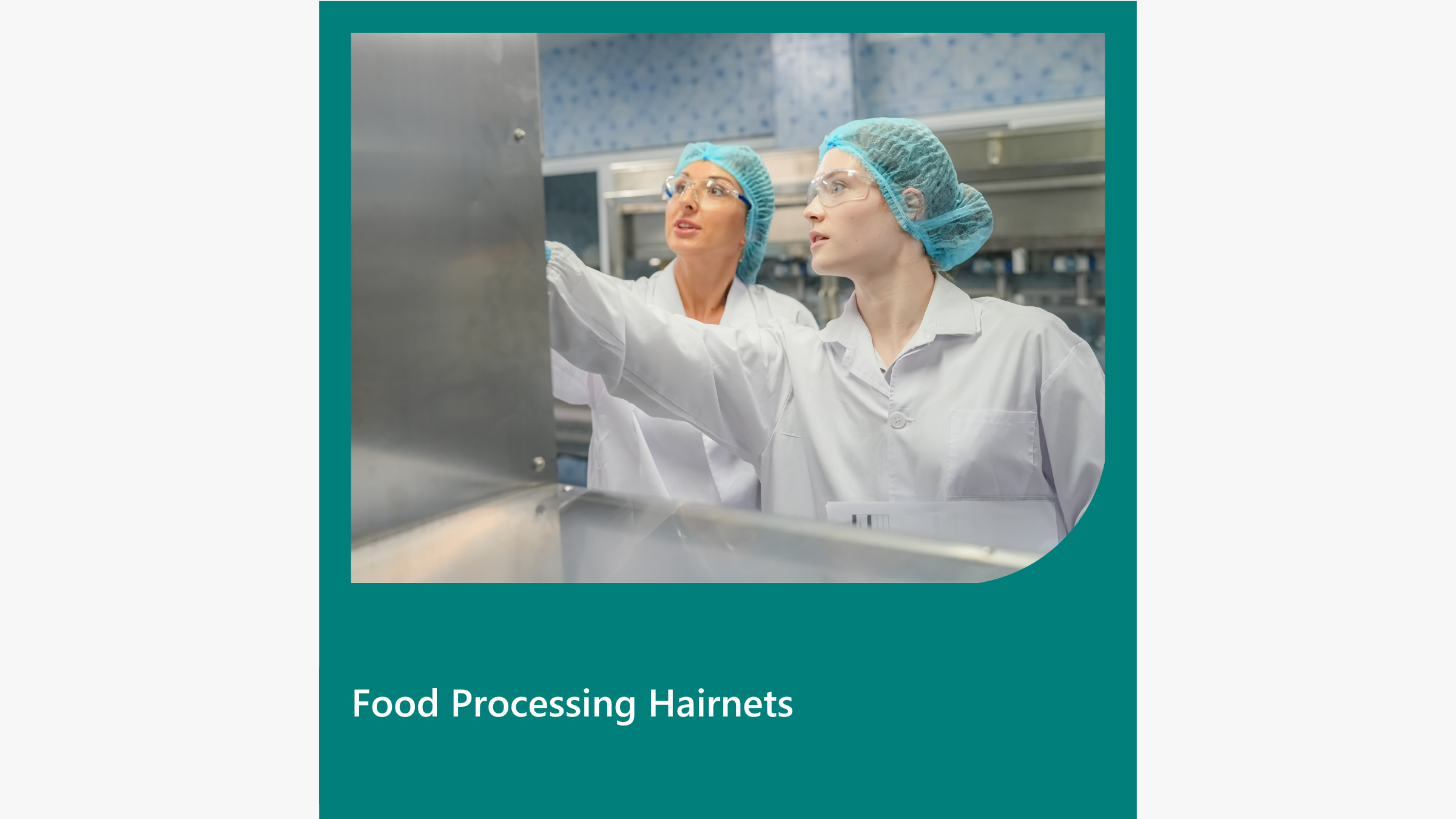
Most (if not all) of those who work in the Food Processing industry is familiar with hairnets. They can also be referred to as bouffant or mob caps, berets, or even caterpillar or crimped hats. The primary purpose of a hairnet is to prevent hair from falling into production. There can also be vast differences between the various types of hairnets.
Here is a list of the standard features across the various types of hairnets to help ensure maximum hair containment:
- Size
- Shape
- Material
- Weight of material
- The elastic
- The weld
- The colour
- Packaging
How can these features impact you?
Firstly, the size. The size depends on the amount of hair which will determine the size hairnet required. The two main measures are 21” and 24”; team members with long hair will find 24” hairnets are more suitable as they hold the weight more comfortably.
The material is essential. You need to find a comfortable product with the right balance of strength and breathability, A mix of the thickness and the type of material used. While a thick material is more robust and durable – it can get quite hot and uncomfortable to wear.
All hairnets have some form of elastic. This allows A secure fit around the head. One with double elastic is the best option for strength, and the pressure of the elastic is evenly balanced, reducing the chance of breakage.
A bouffant cap is a handmade circular hairnet with elastic around the circumference.
A cheaper alternative is the crimped hairnet. Part of the automated process of making crimped hairnets is to finish the hairnet with a weld at each end. The weld is critical because of the tension caused when the hairnet is stretched; the weld absorbs this. A weak weld will impact the overall quality.
Due to the fact that hairnets are worn on your head and are quite visible, they can help to distinguish different personnel. Many companies use varying colours as a way of identifying the various roles. For instance, green hairnets are used for first aid officers. They can also be used to help distinguish between team leaders or those that have direct allergen contact. Most hairnets generally come in blue to visually contrast against food.
Packaging can also be an influencing factor. Most hairnets come in inner bags; this helps keep not-in-use products clean for longer. Alternatively, bulk-packed hairnets help reduce plastic waste. A third option is vacuum-packed. This new concept allows the same amount of product to fit in half the carton size. This saves space in storage rooms with no impact on the product and can also create efficiencies when ordering enough stock to have on hand.
There are many advantages to different packaging methods.
The quality of the hairnet is the main deciding factor. The various types of material, elastic, or packaging can impact the overall quality.
Hair control is so essential; therefore, maintaining a substantial standard is imperative for your company, brand, and product’s reputation.



